
Day 8: Baugevatnet – Sitas
Too few reindeer, too many electricity pylons and a cosy afternoon at the lake
 Blick zurück vor dem Aufbruch, © Markus Proske — Canon EOS 5D Mark IV, EF16-35mm f/4L IS USM, 35mm, 1/160s, Blende 11, ISO 100
Blick zurück vor dem Aufbruch, © Markus Proske — Canon EOS 5D Mark IV, EF16-35mm f/4L IS USM, 35mm, 1/160s, Blende 11, ISO 100 Blick voraus,wir gehen rechts im Einschnitt hoch, © Markus Proske — Canon EOS 5D Mark IV, EF16-35mm f/4L IS USM, 35mm, 1/100s, Blende 11, ISO 100
Blick voraus,wir gehen rechts im Einschnitt hoch, © Markus Proske — Canon EOS 5D Mark IV, EF16-35mm f/4L IS USM, 35mm, 1/100s, Blende 11, ISO 100 Elisabeth entlang des Baugevatnet, © Markus Proske — Canon EOS 5D Mark IV, EF16-35mm f/4L IS USM, 35mm, 1/125s, Blende 11, ISO 100
Elisabeth entlang des Baugevatnet, © Markus Proske — Canon EOS 5D Mark IV, EF16-35mm f/4L IS USM, 35mm, 1/125s, Blende 11, ISO 100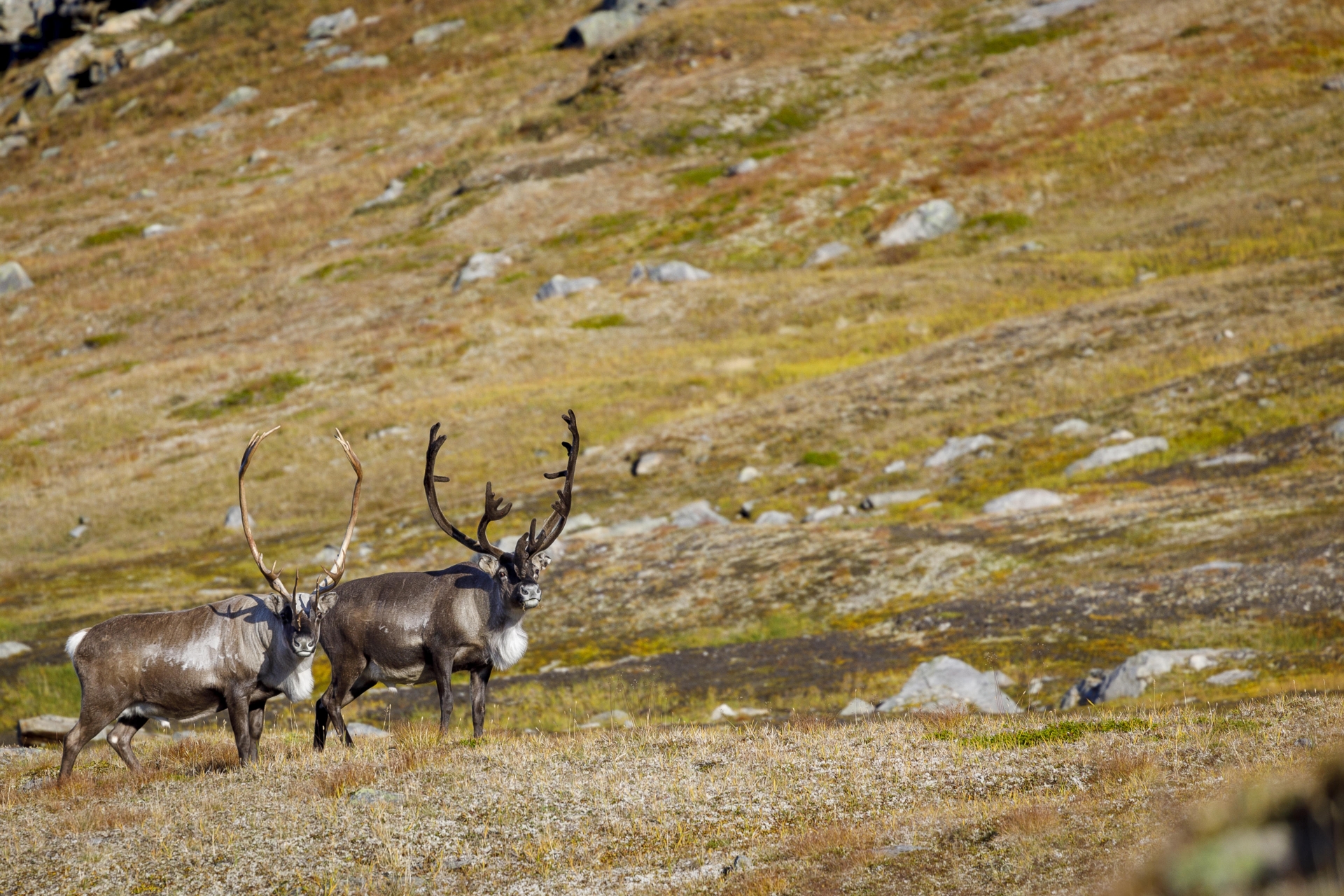 Ältere Rentiere, © Markus Proske — Canon EOS 5D Mark IV, EF70-300mm f/4-5.6L IS USM, 300mm, 1/640s, Blende 5.6, ISO 160
Ältere Rentiere, © Markus Proske — Canon EOS 5D Mark IV, EF70-300mm f/4-5.6L IS USM, 300mm, 1/640s, Blende 5.6, ISO 160 Ältere Rentiere, © Markus Proske — Canon EOS 5D Mark IV, EF70-300mm f/4-5.6L IS USM, 300mm, 1/640s, Blende 5.6, ISO 160
Ältere Rentiere, © Markus Proske — Canon EOS 5D Mark IV, EF70-300mm f/4-5.6L IS USM, 300mm, 1/640s, Blende 5.6, ISO 160In the steady uphill and downhill it goes there, direction Langvatnet and again and again we look back at the lake and the Paurofjellet. The weather is fantastic, 20°C and sunshine, only the wind blows stronger today.
 Eine letzter Blick zurück auf das Paurofjellet, © Markus Proske — Canon EOS 5D Mark IV, EF16-35mm f/4L IS USM, 35mm, 1/60s, Blende 11, ISO 100
Eine letzter Blick zurück auf das Paurofjellet, © Markus Proske — Canon EOS 5D Mark IV, EF16-35mm f/4L IS USM, 35mm, 1/60s, Blende 11, ISO 100 Kleine Hochfläche zwischen Baugevatnet und Langvatnet, jetzt schon mit Stromleitung, © Markus Proske — Canon EOS 5D Mark IV, EF16-35mm f/4L IS USM, 16mm, 1/100s, Blende 11, ISO 100
Kleine Hochfläche zwischen Baugevatnet und Langvatnet, jetzt schon mit Stromleitung, © Markus Proske — Canon EOS 5D Mark IV, EF16-35mm f/4L IS USM, 16mm, 1/100s, Blende 11, ISO 100Unpleasant. Very unpleasant.
We start looking for a flatter place and actually find an area where the lake in the middle has a swampy island and around the island the lake is also less deep and we wade first from one side to the island, then we stump through the swamp and find on the other side again a place that is only knee-deep to reach the saving shore. There is no photo, I packed the camera waterproof before the first deep crossing.
 Gruppe Rentiere, © Markus Proske — Canon EOS 5D Mark IV, EF70-300mm f/4-5.6L IS USM, 300mm, 1/640s, Blende 5.6, ISO 200
Gruppe Rentiere, © Markus Proske — Canon EOS 5D Mark IV, EF70-300mm f/4-5.6L IS USM, 300mm, 1/640s, Blende 5.6, ISO 200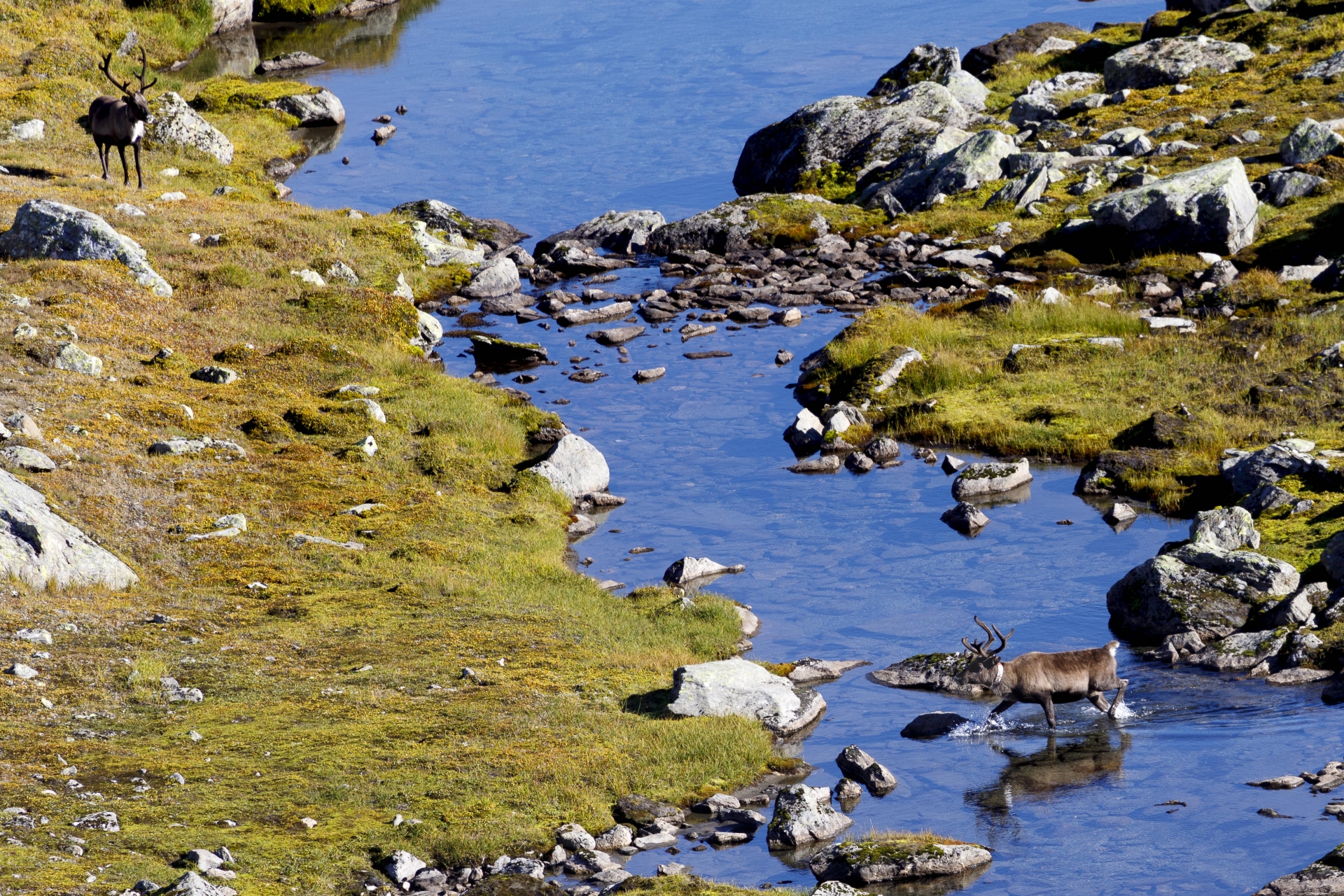 Furtendes Rentier, © Markus Proske — Canon EOS 5D Mark IV, EF70-300mm f/4-5.6L IS USM, 300mm, 1/640s, Blende 5.6, ISO 250
Furtendes Rentier, © Markus Proske — Canon EOS 5D Mark IV, EF70-300mm f/4-5.6L IS USM, 300mm, 1/640s, Blende 5.6, ISO 250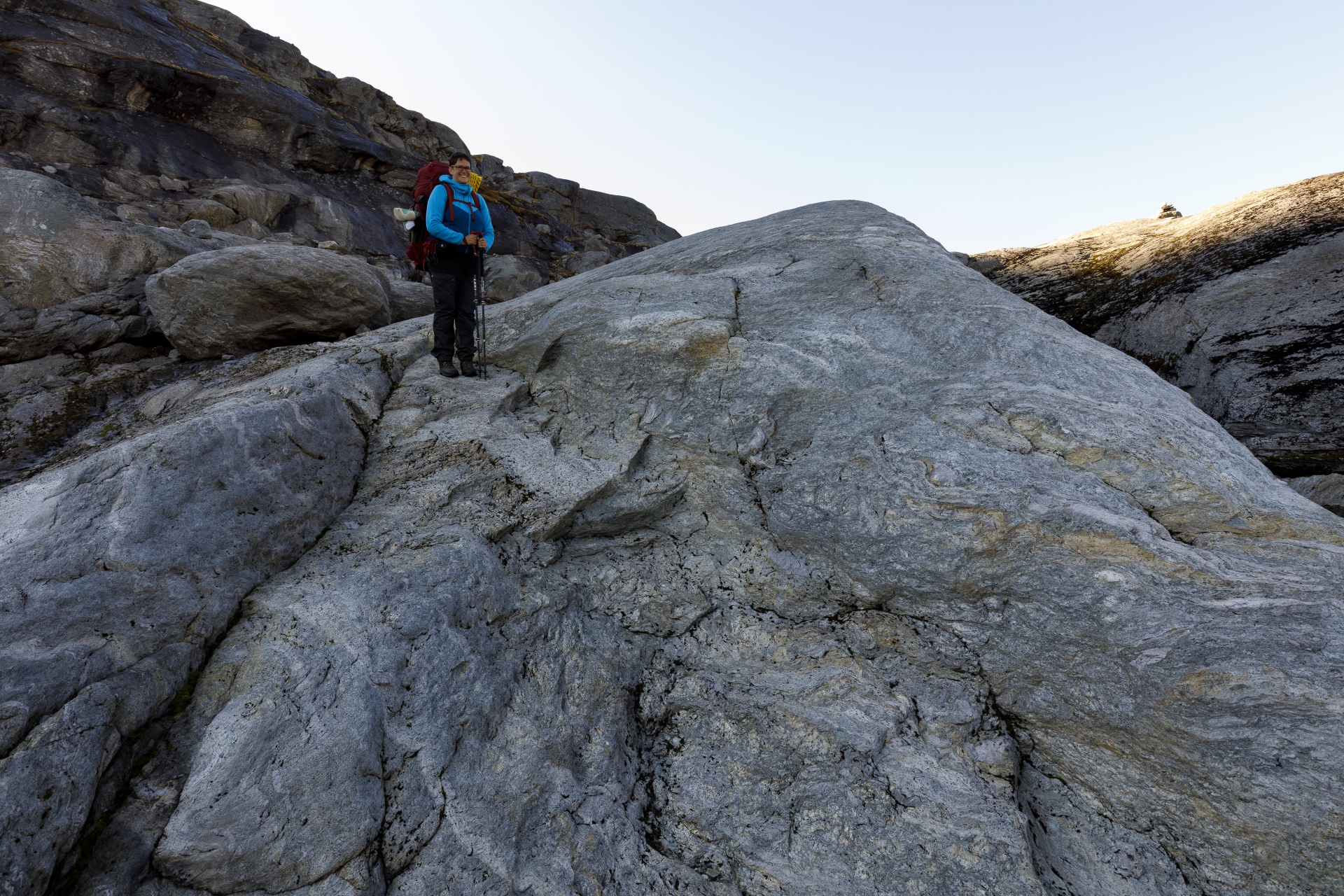 Elisabeth im felsigen Abschnitt, © Markus Proske — Canon EOS 5D Mark IV, EF16-35mm f/4L IS USM, 20mm, 1/80s, Blende 11, ISO 320
Elisabeth im felsigen Abschnitt, © Markus Proske — Canon EOS 5D Mark IV, EF16-35mm f/4L IS USM, 20mm, 1/80s, Blende 11, ISO 320 Abstieg zum Sitasjaure (Siiddasjávri), © Markus Proske — Canon EOS 5D Mark IV, EF16-35mm f/4L IS USM, 16mm, 1/100s, Blende 11, ISO 100
Abstieg zum Sitasjaure (Siiddasjávri), © Markus Proske — Canon EOS 5D Mark IV, EF16-35mm f/4L IS USM, 16mm, 1/100s, Blende 11, ISO 100 Abstieg zum Sitasjaure (Siiddasjávri), © Markus Proske — Canon EOS 5D Mark IV, EF16-35mm f/4L IS USM, 35mm, 1/80s, Blende 11, ISO 100
Abstieg zum Sitasjaure (Siiddasjávri), © Markus Proske — Canon EOS 5D Mark IV, EF16-35mm f/4L IS USM, 35mm, 1/80s, Blende 11, ISO 100Here is already Harald with his son and his friend, who all come from Narvik and came here by bike. They took the big hut and we choose the small one to the right, which is currently being renovated.
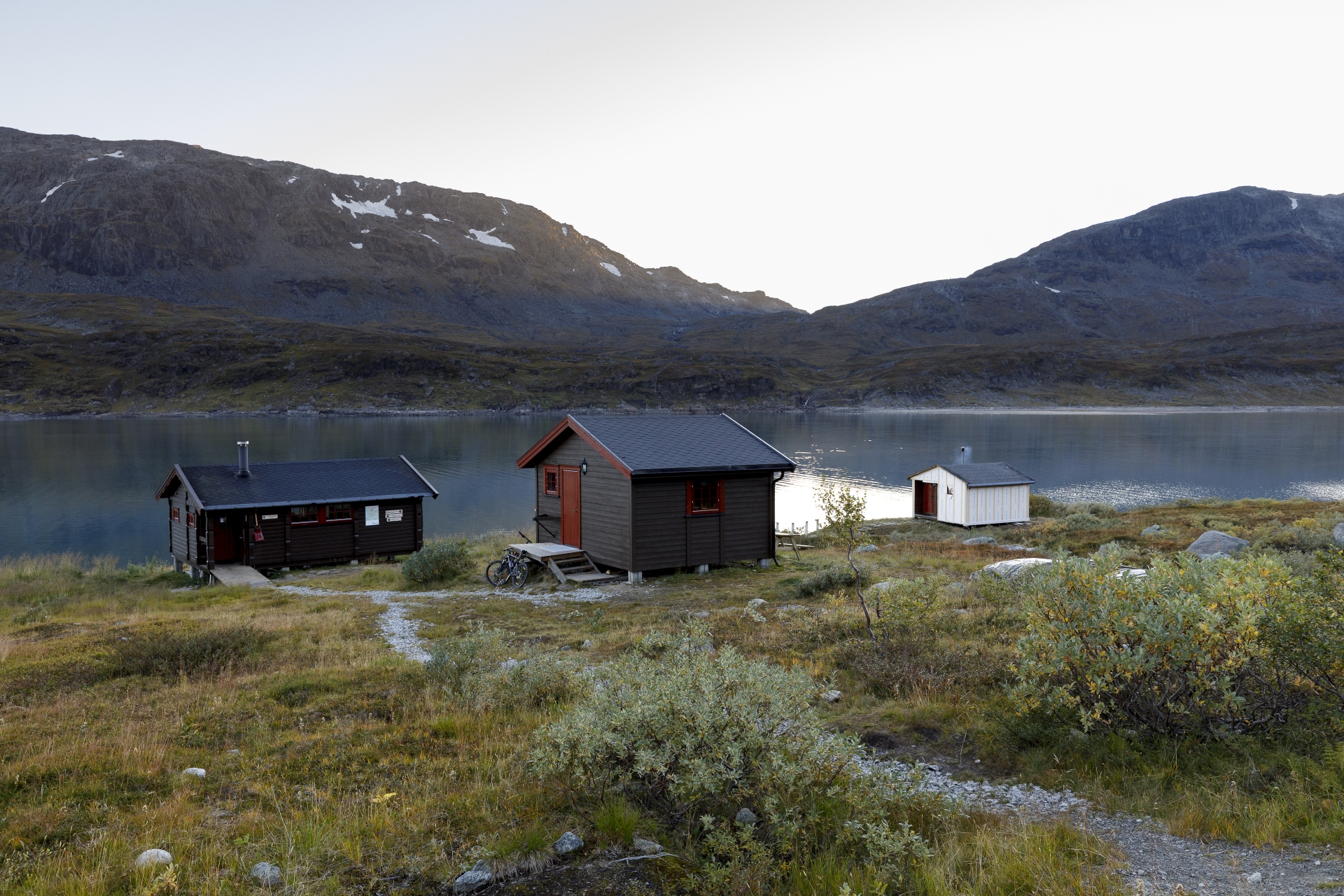 Sitashyttene, © Markus Proske — Canon EOS 5D Mark IV, EF16-35mm f/4L IS USM, 28mm, 1/60s, Blende 8, ISO 320
Sitashyttene, © Markus Proske — Canon EOS 5D Mark IV, EF16-35mm f/4L IS USM, 28mm, 1/60s, Blende 8, ISO 320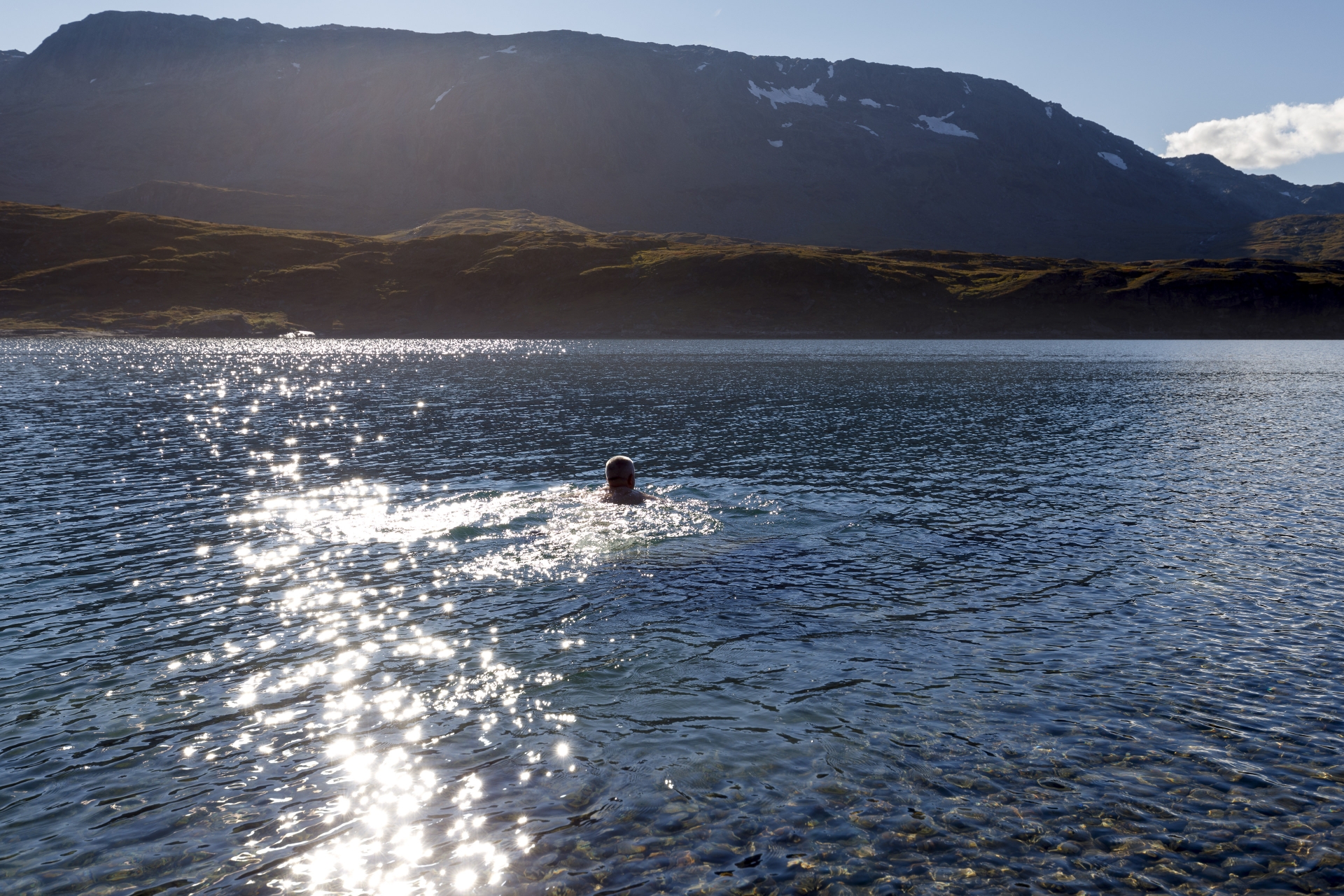 Abendliches Schwimmen im Sitasjaure (Markus), © Elisabeth Zenz — Canon EOS 5D Mark IV, EF16-35mm f/4L IS USM, 35mm, 1/250s, Blende 8, ISO 100
Abendliches Schwimmen im Sitasjaure (Markus), © Elisabeth Zenz — Canon EOS 5D Mark IV, EF16-35mm f/4L IS USM, 35mm, 1/250s, Blende 8, ISO 100 Sitashytta, © Markus Proske — Canon EOS 5D Mark IV, EF16-35mm f/4L IS USM, 35mm, 1/160s, Blende 8, ISO 100
Sitashytta, © Markus Proske — Canon EOS 5D Mark IV, EF16-35mm f/4L IS USM, 35mm, 1/160s, Blende 8, ISO 100 Aurora borealis in Sitas, © Markus Proske — Canon EOS 5D Mark IV, EF16-35mm f/4L IS USM, 16mm, 25/1s, Blende 4, ISO 6400
Aurora borealis in Sitas, © Markus Proske — Canon EOS 5D Mark IV, EF16-35mm f/4L IS USM, 16mm, 25/1s, Blende 4, ISO 6400 Aurora borealis in Sitas, © Markus Proske — Canon EOS 5D Mark IV, EF16-35mm f/4L IS USM, 16mm, 6/1s, Blende 4, ISO 6400
Aurora borealis in Sitas, © Markus Proske — Canon EOS 5D Mark IV, EF16-35mm f/4L IS USM, 16mm, 6/1s, Blende 4, ISO 6400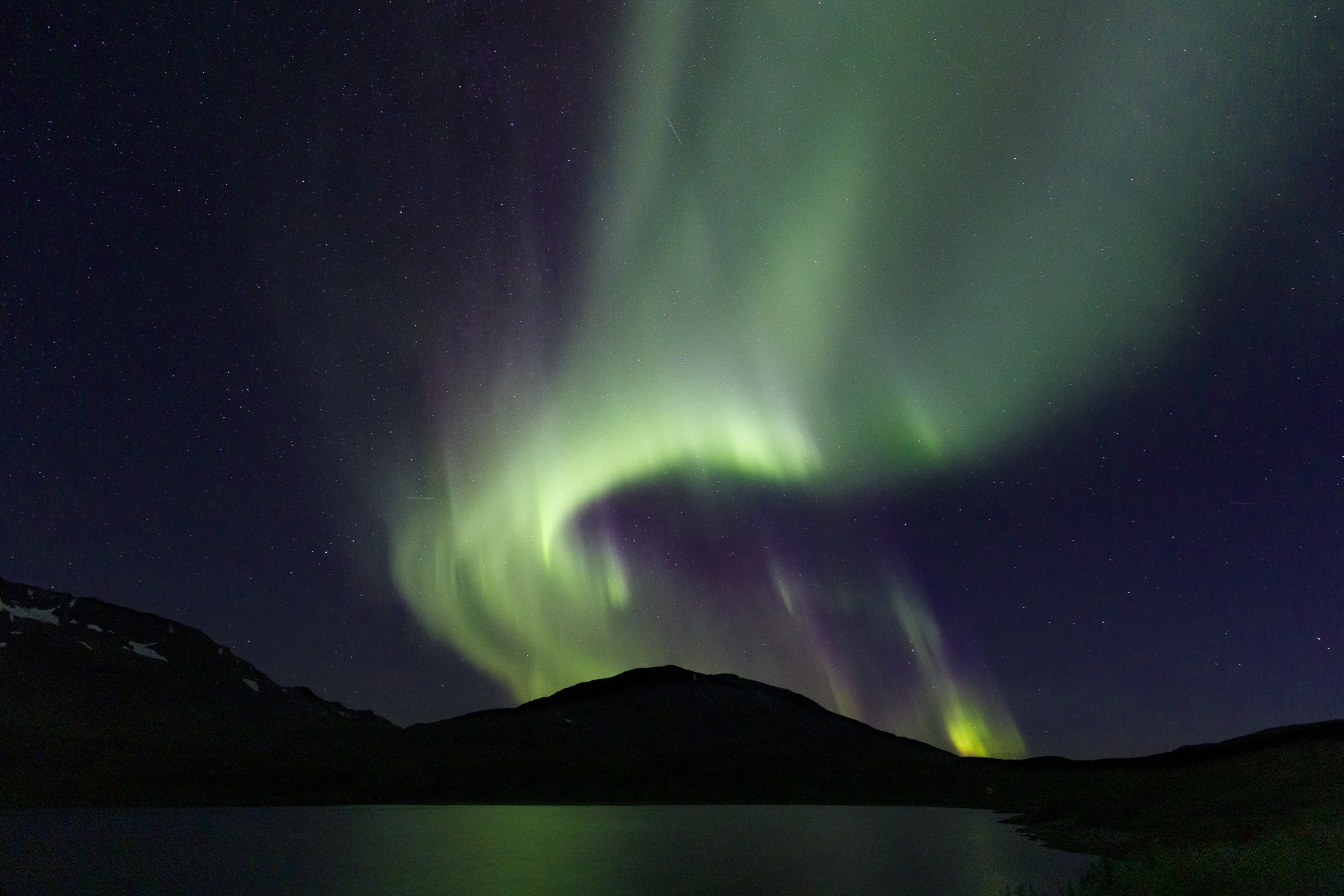 Aurora borealis in Sitas, © Markus Proske — Canon EOS 5D Mark IV, EF16-35mm f/4L IS USM, 16mm, 6/1s, Blende 4, ISO 6400
Aurora borealis in Sitas, © Markus Proske — Canon EOS 5D Mark IV, EF16-35mm f/4L IS USM, 16mm, 6/1s, Blende 4, ISO 6400

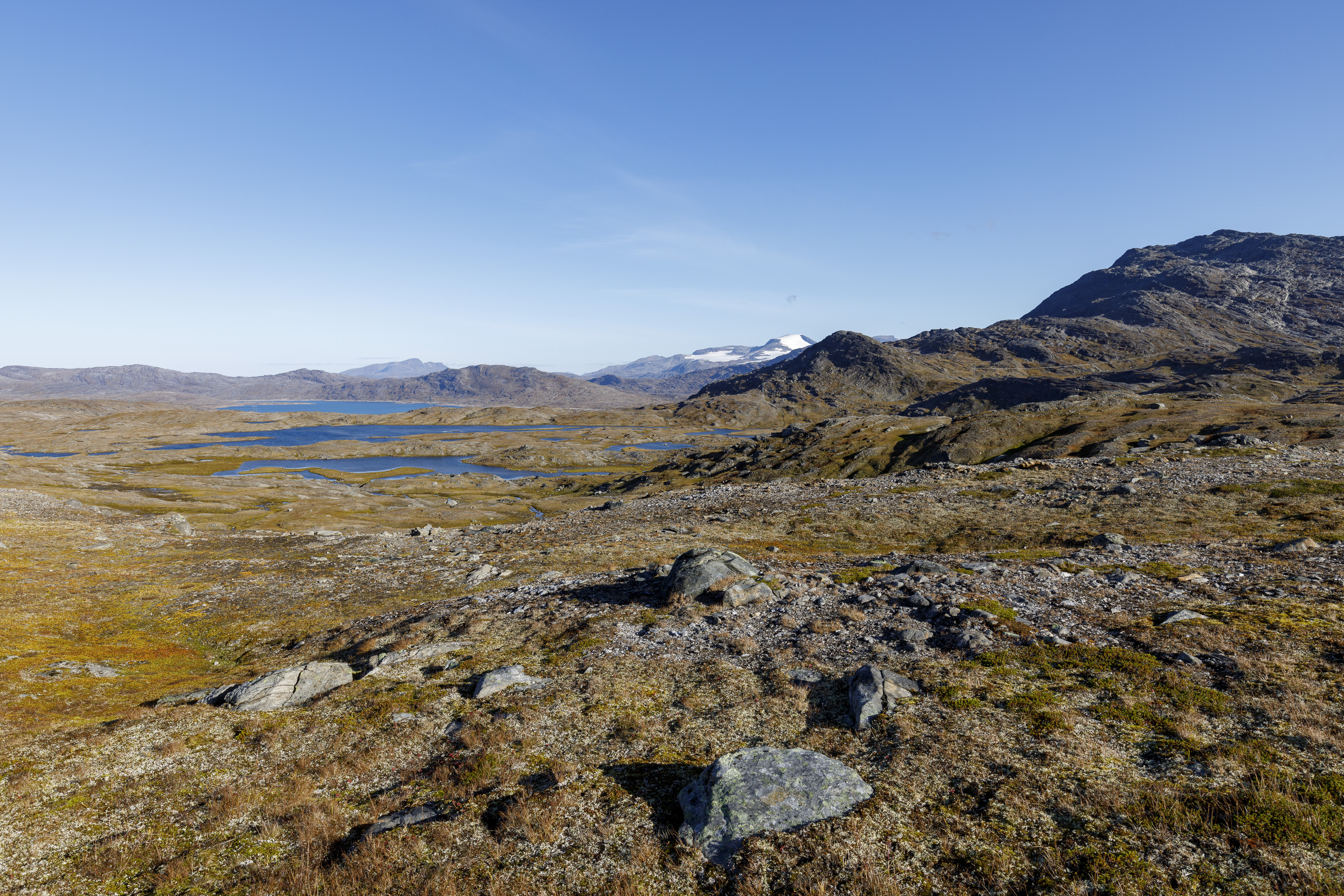
Leave a Reply
Want to join the discussion?Feel free to contribute!